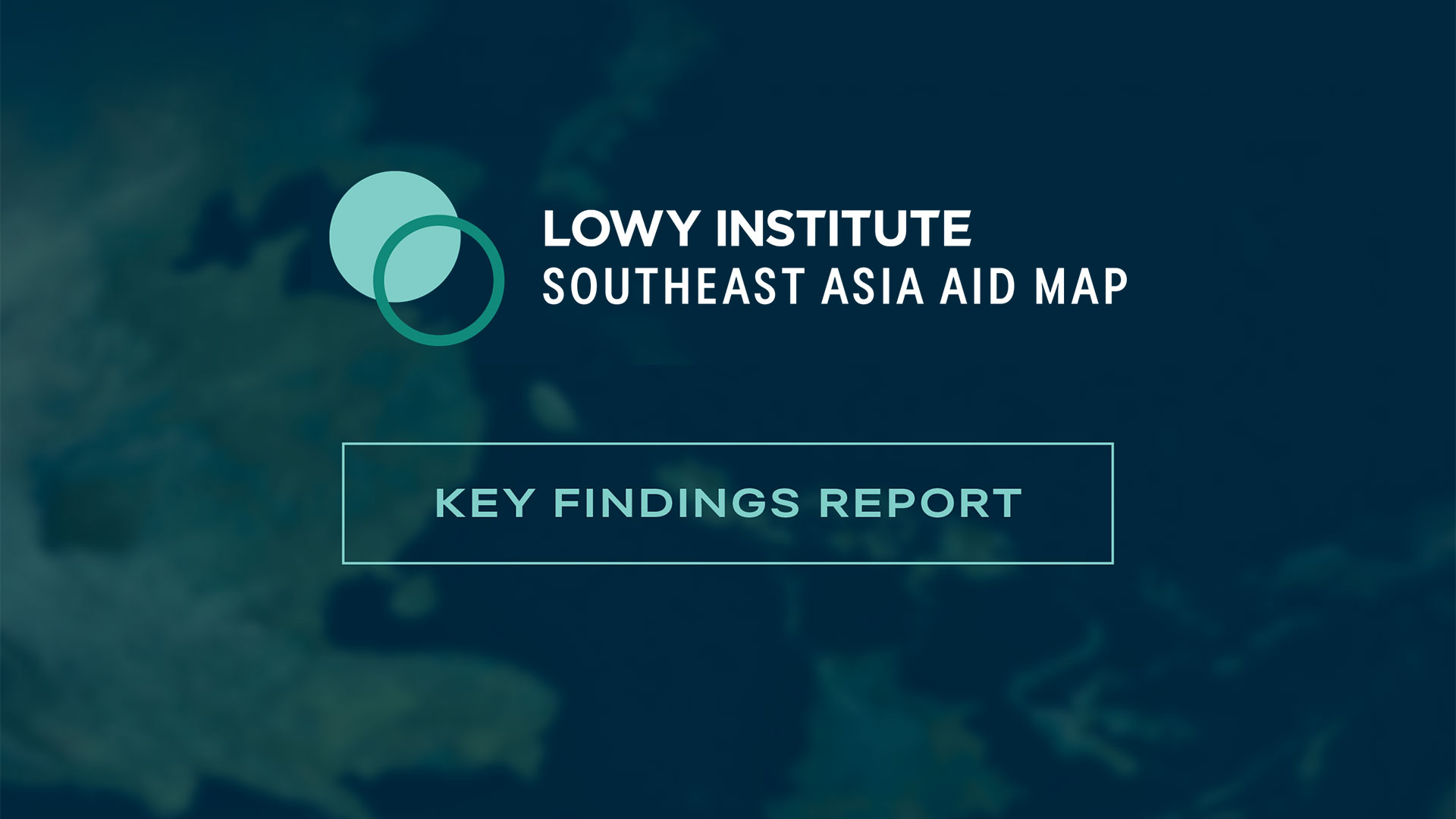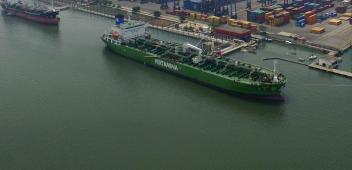Analyses
Southeast Asia Aid Map - Key Findings Report
The Lowy Institute Southeast Asia Aid Map is an analytical tool designed to improve aid and development effectiveness in Southeast Asia. This report profiles the 11 Southeast Asian countries covered in the research and includes five short analyses on some of the key issues related to ODF in Southeast Asia.
6 June 2023

Key Findings
- Official development finance plays an important role in financing Southeast Asia’s development, equivalent to around 10% of total government development spending in the region.
- China is Southeast Asia’s single largest development partner and leads infrastructure financing. Yet, implementation problems have seen the scale of China’s financing decline in recent years.
- Traditional development partners collectively still dominate development financing in Southeast Asia at 80% of the total. The multilateral development banks lead the way, followed by Japan, Europe, and South Korea. The United States and Australia are mid-sized players.
- India and the Middle East have become notable sources of non-traditional development finance, with the Islamic Development Bank playing an important role.
- Climate development finance is increasing, but Southeast Asia will need more support if it is to transition towards resilient, low-carbon development.
- Intraregional development cooperation is growing, but only makes up a small part of development finance in Southeast Asia.



